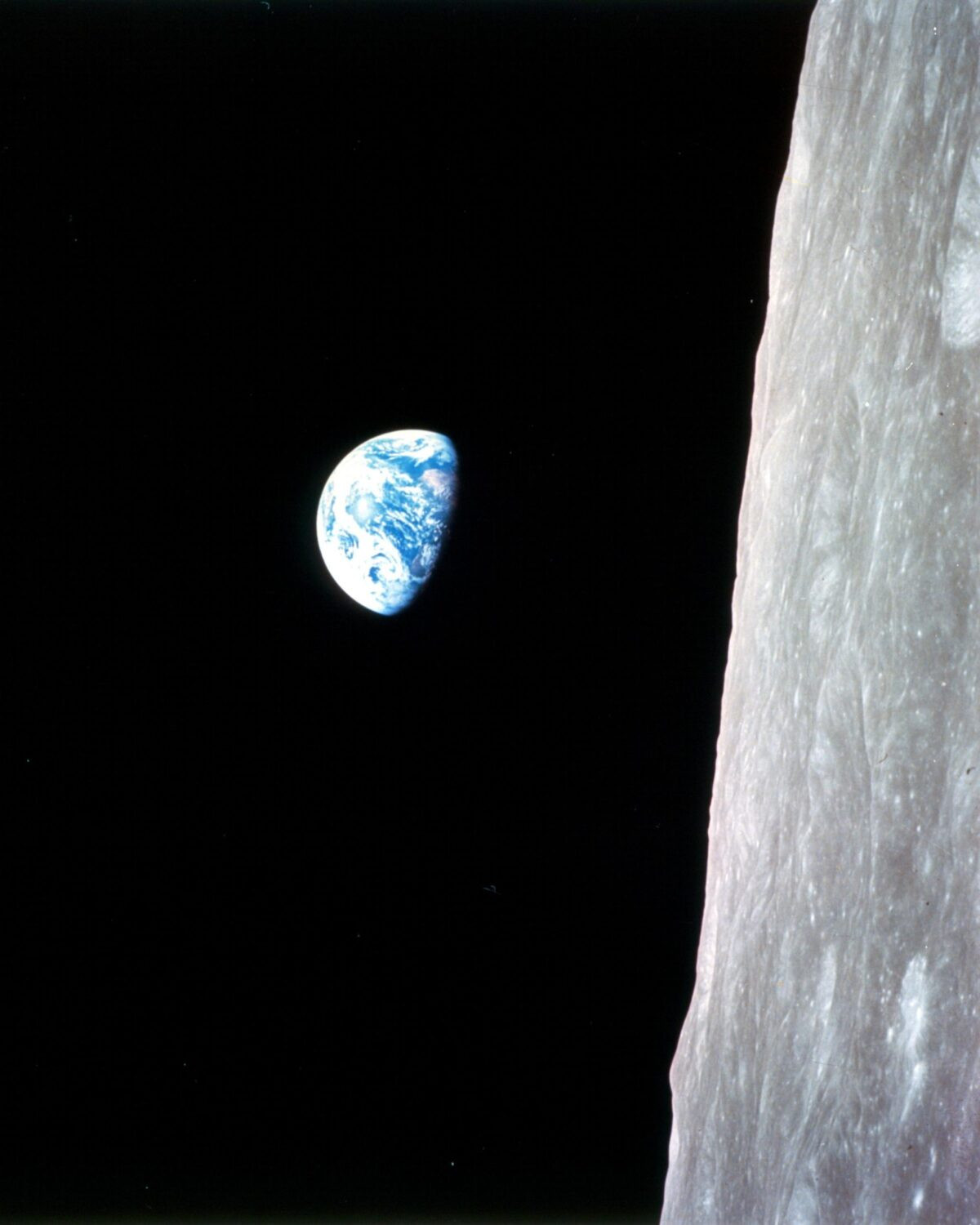The Moon, our closest celestial neighbor, sits at an average distance of 238,855 miles (384,400 km) from Earth. At its nearest point (perigee), it’s about 225,623 miles (363,104 km) away, and at its farthest (apogee), it stretches to 252,088 miles (405,696 km).
To put this distance into perspective, if you were to drive to the Moon in a straight line at 100mph (160 kph), it would take approximately 99 days. Alternatively, a walk at a steady 3.7 mph (6 kph) would stretch the journey to a staggering 2,669 days, or roughly 7.3 years.
However, when it comes to actual space missions, both crewed and robotic, how long does it take to fly to the moon? The answer is more nuanced than you might think.
Average Moon Mission Time
Generally, a mission to the Moon takes about three days to complete the journey. However, this is just an average. The actual duration can fluctuate significantly depending on a variety of factors. These include the chosen trajectory, the type of propulsion system used, the specific mission profile, and whether the mission is crewed or uncrewed, and whether the objective is to land, orbit, or simply fly by the Moon.
Crewed Mission Durations
Crewed missions, particularly those of the Apollo era, often took a bit longer to reach lunar orbit compared to some modern uncrewed missions. The Apollo missions utilized a “direct transfer” trajectory, which was faster but consumed more fuel. The quickest Apollo mission to reach the Moon was Apollo 8, achieving lunar arrival in just 69 hours and 8 minutes. Conversely, the longest Apollo journey to the Moon was Apollo 17, taking 86 hours and 14 minutes.
Apollo 11, the historic first crewed landing on the Moon, took 75 hours and 49 minutes to arrive in lunar orbit in 1969. More recently, the Artemis 1 mission in 2022, an uncrewed test flight but paving the way for future crewed missions, took five days to reach the Moon.
 A view of the rising Earth as seen by the Apollo 8 astronauts as they emerged from the far side of the Moon. Credit: NASA
A view of the rising Earth as seen by the Apollo 8 astronauts as they emerged from the far side of the Moon. Credit: NASA
Earthrise captured from lunar orbit by Apollo 8 astronauts, illustrating the long duration space travel to the Moon. Credit: NASA.
Uncrewed Mission Durations
Uncrewed missions to the Moon exhibit a much wider range in travel times. For instance, New Horizons, launched in 2006 on a mission to Pluto and the Kuiper Belt, zipped past the Moon in a mere 8 hours and 35 minutes as it slingshotted towards the outer solar system.
On the other end of the spectrum, SMART-1, the European Space Agency’s pioneering lunar mission, took a leisurely one year and six weeks to reach the Moon in 2004. SMART-1 employed ion propulsion, a highly fuel-efficient but low-thrust system. Missions like SMART-1 intentionally take a longer, more indirect route to conserve fuel. They often aim past the Moon and utilize its gravitational pull to guide them into lunar orbit, a technique known as gravitational assist.
Furthermore, some missions may carry piggyback satellites to reduce launch costs, which can also influence trajectory and travel time.
In conclusion, while the average flight to the Moon is around three days, the actual time can vary significantly. It depends heavily on the mission’s objectives, propulsion methods, and trajectory strategies, showcasing the complexities of space travel even to our nearest celestial neighbor.